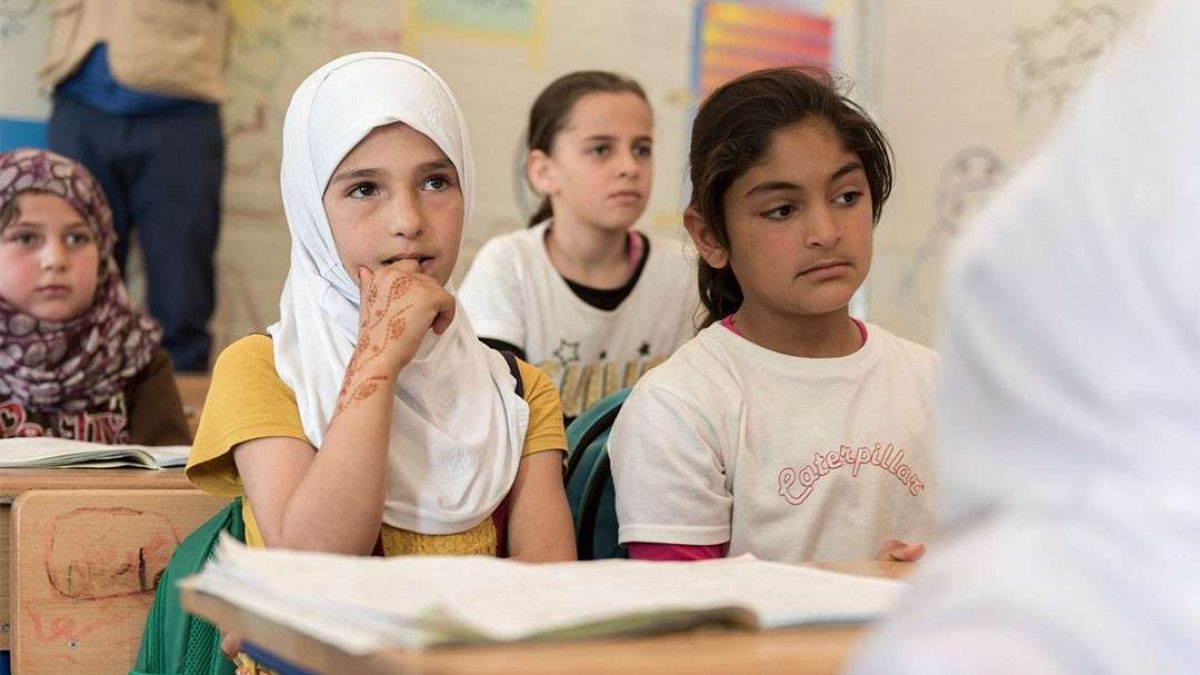A briefing note and index launched in the margins of the UN High-level Political Forum on Sustainable Development (HLPF) reviews the readiness of 86 countries to “leave no one behind.” With the SDGs in effect for nearly 1,000 days, the Overseas Development Institute’s (ODI) ‘Leave No One Behind Index 2018’ explores the extent to which countries have the required data, policies and financing in place.
Elizabeth Stuart, ODI, emphasized during the launch event in New York, US, on 18 July 2018, that “we know what it takes” to deliver on a leave no one behind agenda, as articulated by the Index:
- data to identify who is left behind and take stock of progress;
- a reprioritization of policies to ensure that affected communities receive the resources they need;
- finance, particularly in the areas of education, health and social protection; and
- a rethinking of donors’ “risk appetites” to go beyond a poverty reduction agenda.
The 2018 Index builds on an inaugural Index released in 2017, adding a policy indicator on resilience, in line with the theme of the 2018 HLPF. Data collected on the additional indicator show that, of the 86 countries reviewed, more than half (46) are “not ready” to leave no one behind from a resilience perspective. Stuart said a new indicator will be added annually, in line with the theme of each year’s HLPF.
Canada’s readiness
Celina Caesar-Chavannes, Member of Parliament, Parliamentary Secretary to the Minister of International Development, Canada, described measures that her government has taken to achieve leaving no one behind domestically, highlighting indigenous communities, affordable housing, and safe, clean drinking water as areas needing more action. She noted policy reforms that aim to lift children out of poverty, enhance workers’ benefits, and introduce a rights framework for indigenous communities, calling the SDGs an opportunity to link the “usual and unusual suspects together.” Caesar-Chavannes also emphasized Canada’s “feminist foreign policy,” saying it provides a gateway to being able to name and talk about those who are left behind. She noted investments in Canada’s national statistics office to add capacity on disaggregation and better tracking of outcomes.
While ODI’s Index primarily focuses on countries’ readiness to leave no one behind, it also considers four indicators of outcomes in order to demonstrate actual progress: under-five mortality rate; financial inclusion; access to electricity; and undernourishment. It aggregates data on these outcomes to assess whether countries are on track to leave no one behind, scoring them as on track, off track or making partial progress.
ODI’s analysis finds “a clear correlation” between countries’ readiness and outcome scores. [Side Event Agenda] [Leave No One Behind Index 2018]
This article has been modified from IISD’s SDG Knowledge Hub
